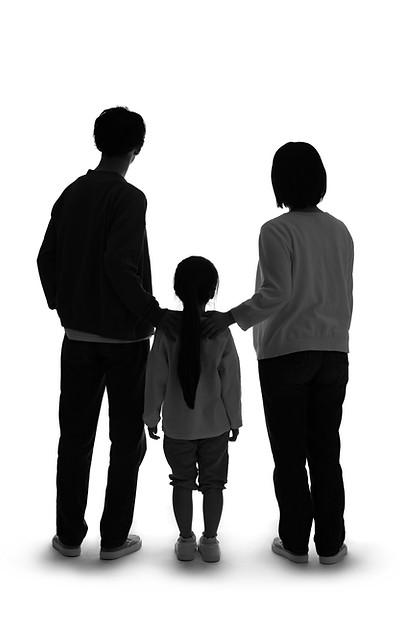
Advocating for VCUG Patients Since 2023
Unsilenced Movement
Empowering Survivors to Recover Their Voices After VCUG Trauma
We know how terrifying it is to come to terms with VCUG trauma. It takes tremendous courage to scour the internet for answers to explain our lifelong struggles, but you're not alone.
The Unsilenced Movement exists because we know how it feels to be in your shoes. We understand the frustration of Googling "VCUG" just to read words like painless, safe, and low risk. Our organization is dedicated to ensuring these answers are accessible to survivors, empowering them to take the first step toward healing.
If you're a former VCUG patient, we know you've been carrying burdens that were never yours to carry. This is a safe place to put them down. We are here to grieve the person you could have been without this procedure, and to celebrate the survivor you are today.
No matter where you are in your healing journey, we've got your back. We believe you.
Welcome to the Unsilenced Movement.
What Is VCUG Trauma?
“VCUG” standards for voiding cystourethrogram, an invasive diagnostic procedure that is often performed in early childhood. It is the decades-old “gold standard” for diagnosing kidney reflux (VUR) in children.
VCUG trauma refers to psychological, emotional, and somatic harm resulting from the procedure that may occur during infancy, childhood, or later medical recall, namely sexual and medical trauma.
The invasive nature of the test has inflicted psychological trauma on generations of pediatric patients, which is well-documented in both survivor testimony and a wealth of critically appraised research.
Recovering from VCUG trauma? You’re not alone. Subscribe to our mailing list to never miss a VCUG update and join fellow survivors in healing and advocacy.
Can a VCUG Cause PTSD or Medical Trauma?
Absolutely. Many patients develop PTSD after their VCUG procedure, which may persist undiagnosed in childhood and continue into adulthood. This often stems from the hybrid effects of medical and sexual trauma caused by the test.
Many former patients repress trauma for years due to dissociative amnesia or medical gaslighting, delaying the recall of essential knowledge we need to recover from traumatic experiences in early childhood.
In 2023, the Unsilenced Movement united countless survivors in healing and advocacy. We have garnered tens of millions of views on social media and connected with thousands of patients all over the world. As a result, VCUG is increasingly recognized as traumatic for children.
Why Is VCUG Trauma Often Dismissed by Doctors?
Many providers learned in medical school that VCUG is not painful or traumatic. This perpetuates an environment where children’s complaints of pain are ignored in the exam room, resulting in violations to their bodily autonomy, safety, and sense of self.
Because pediatricians are often the ones ordering the tests, referring physicians are not in the exam room to witness it. Other possibilities behind the lack of VCUG reform include the absence of informed consent, standardized protocols, adequate preparation, and a trauma-informed approach to pediatric testing.
However, many medical professionals are actively speaking out about the harm of VCUG trauma. The Unsilenced Movement is collaborating with researchers from UCSF and The Cleveland Clinic to raise awareness and pave the path toward reform. Their findings were recently presented at the 2025 GURS Conference.
Join Us in Advocating for Informed Consent & Pediatric Reform
We believe that every individual undergoing treatment has the right to informed consent, regardless of age. Collaborative care and trauma-informed practices are especially vital for young and vulnerable pediatric patients, who deserve a standard of care that protects and values both their emotional and physical safety.
Every family and child deserves clear, compassionate guidance before undergoing medical procedures like a VCUG. By amplifying survivor voices and partnering with medical professionals, we aim to reform outdated policies and procedures so future patients will be treated with the dignity and respect they deserve.

Join the Unsilenced Movement to protect future generations from VCUG trauma. Explore resources, support, and more on our website.
UNSILENCED VOICES
The pain was TERRIBLE. The doctor would scream at me, "Stop crying or I’ll keep going." This experience affected me in every way possible. Since age 6, I couldn’t leave the house because I thought I was going to be raped.
This procedure left me unable to properly urinate, sleep, or lie on my back. The pain I would experience was not properly described to me or my parents. Somebody told me to "smile for the camera"—an 8-year-old child nude, immobile and catheterized under an x-ray.
I won’t tiptoe around this procedure anymore. What happened to me (and many others) was rape. I was just a little girl who wanted to play Webkinz and Mario Kart and watch PBS Kids. I didn’t ask for this lifetime of sexual trauma, fear of intimacy, and PTSD.









